Mastering CVC Words: Fun and Engaging Strategies for Teaching Kids
Teaching kids to read is one of the most rewarding experiences for educators and parents alike. The journey begins with the basics, and one of the first steps is introducing children to CVC words. CVC stands for Consonant-Vowel-Consonant words, such as "cat," "dog," and "hat." These simple, three-letter words are foundational in teaching young learners the mechanics of reading.
Why CVC Words Matter
CVC words are crucial in early reading development because they help children understand the relationship between letters and their corresponding sounds (phonemes). Mastering these words enables kids to decode more complex words later on. Here's why CVC words are so effective:
- Phonemic Awareness: They help children recognize and manipulate sounds in spoken words.
- Decoding Skills: They teach kids to blend sounds together to form words.
- Confidence Building: Successfully reading CVC words boosts children's confidence and motivates them to tackle more challenging words.
CVC Activities Must Haves:
1. Flashcards and Task Cards
Flashcards and task cards are a great way to introduce CVC words. They provide a visual aid that helps children associate letters with sounds. Flashcards and Task cards can be used for quick drills, games, or individual practice.
CVC Word and Picture Flashcards – great for introductory activity and center activities
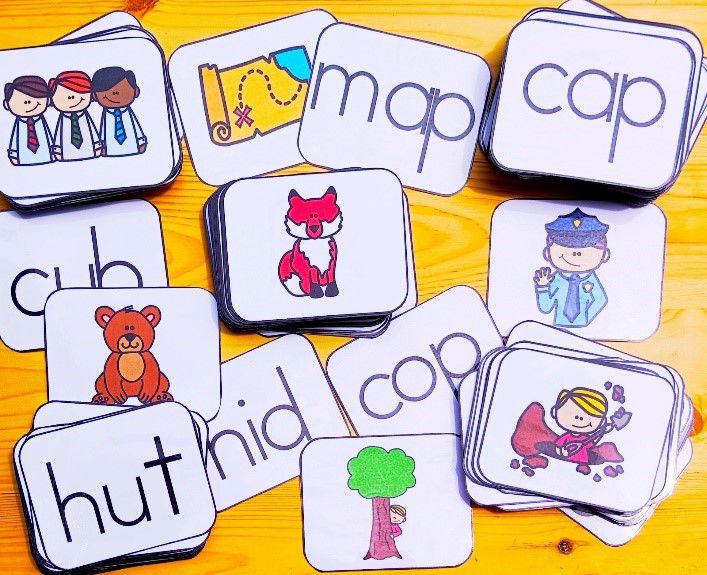
CVC Flashcards – great for review/assessment

CVC Tracing Flashcards – For writing practice
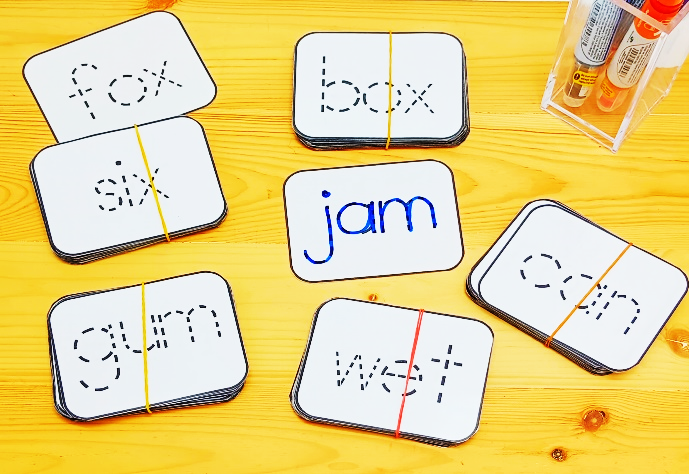
2. CVC Builder
The CVC builder activity allows students to construct their own CVC words using provided letters. This hands-on approach reinforces letter-sound relationships and helps with spelling. Kids can mix and match different consonants and vowels to see how many words they can create.

3. CVC Posters and Coloring Pages
Coloring pages and posters are fantastic for visual learners. These pages often feature a CVC word alongside a picture representing that word. As children color the images, they can practice saying and spelling the words. Posters can be displayed around the classroom to provide constant visual reinforcement.
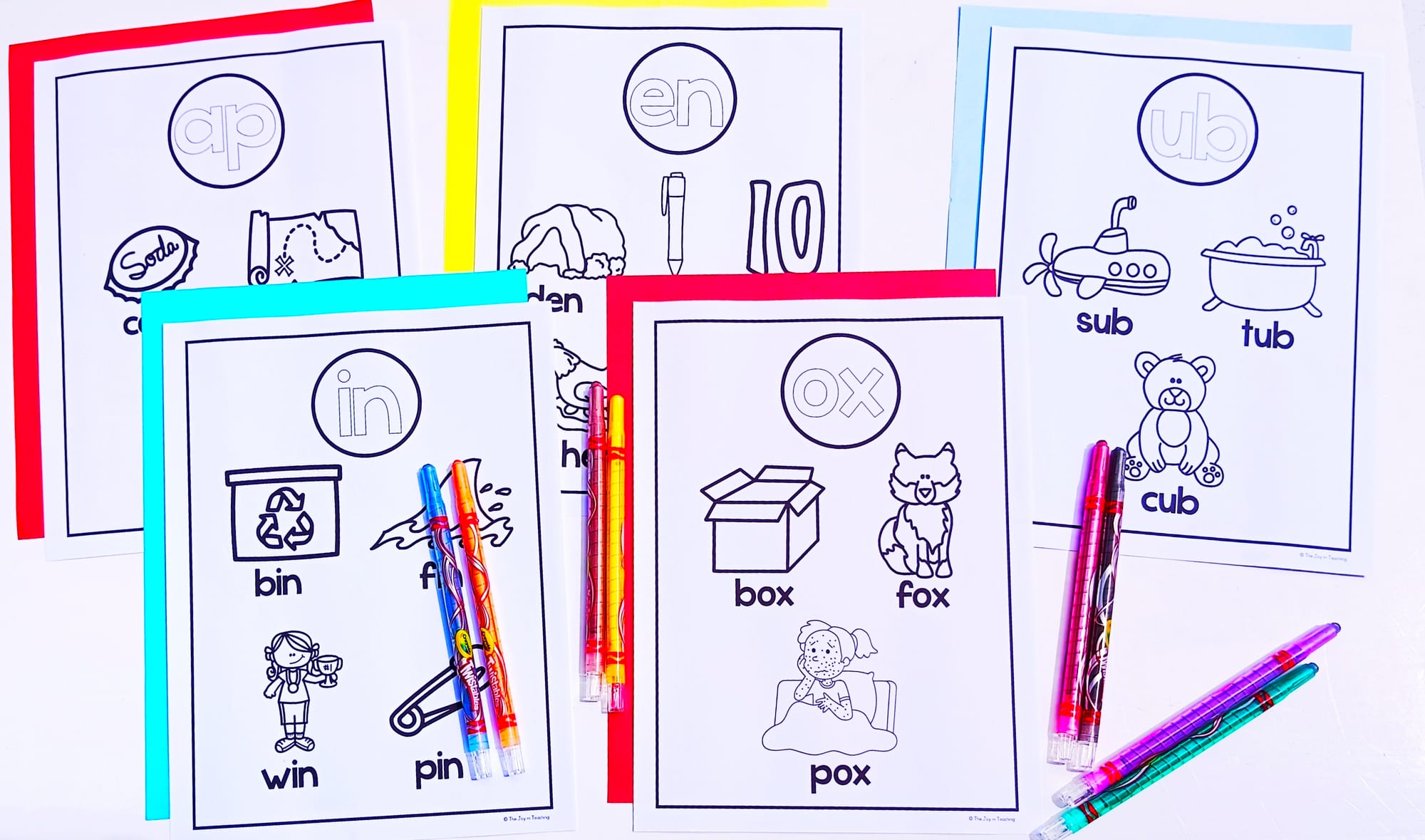
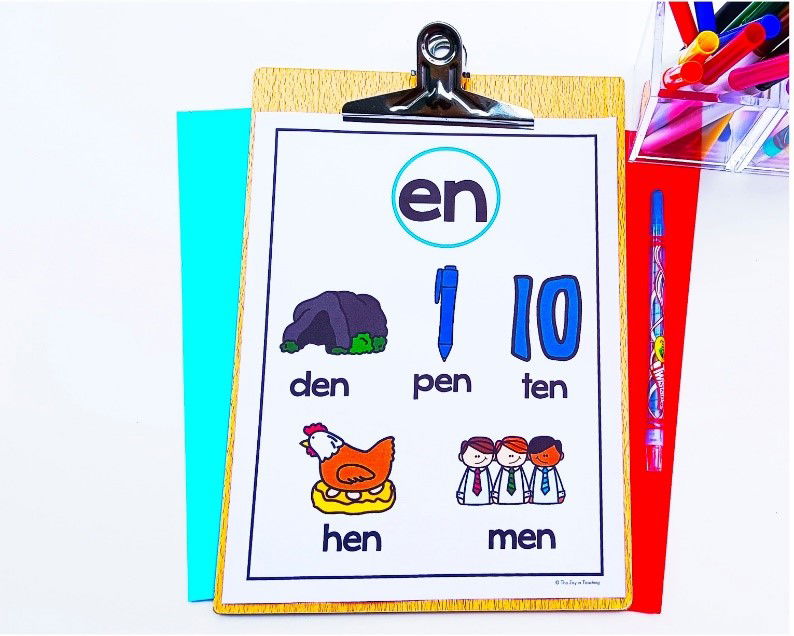
CVC Short and Vowel Coloring Pages
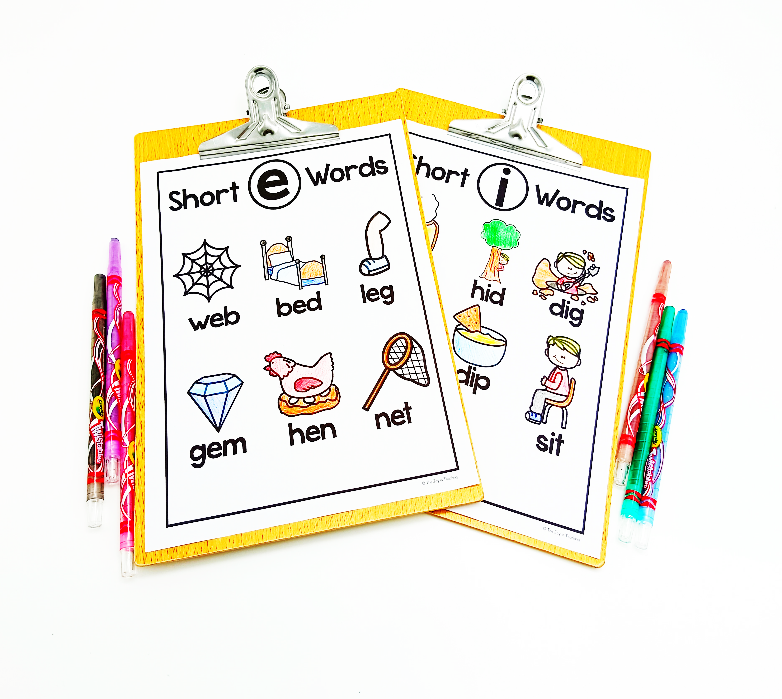
4. CVC Read, Write, and Match Activity
The Read, Write, and Match activity engages students in multiple ways. First, they read the CVC words. Then, they write them, which reinforces spelling. Finally, they match the words to corresponding pictures. This multi-step process helps solidify their understanding of CVC words.

5. CVC Cut and Paste Activity
The Cut and Paste activities are interactive and fun. Students cut out pictures and words, then paste them in the correct places. This activity improves fine motor skills while reinforcing the connection between words and their meanings.
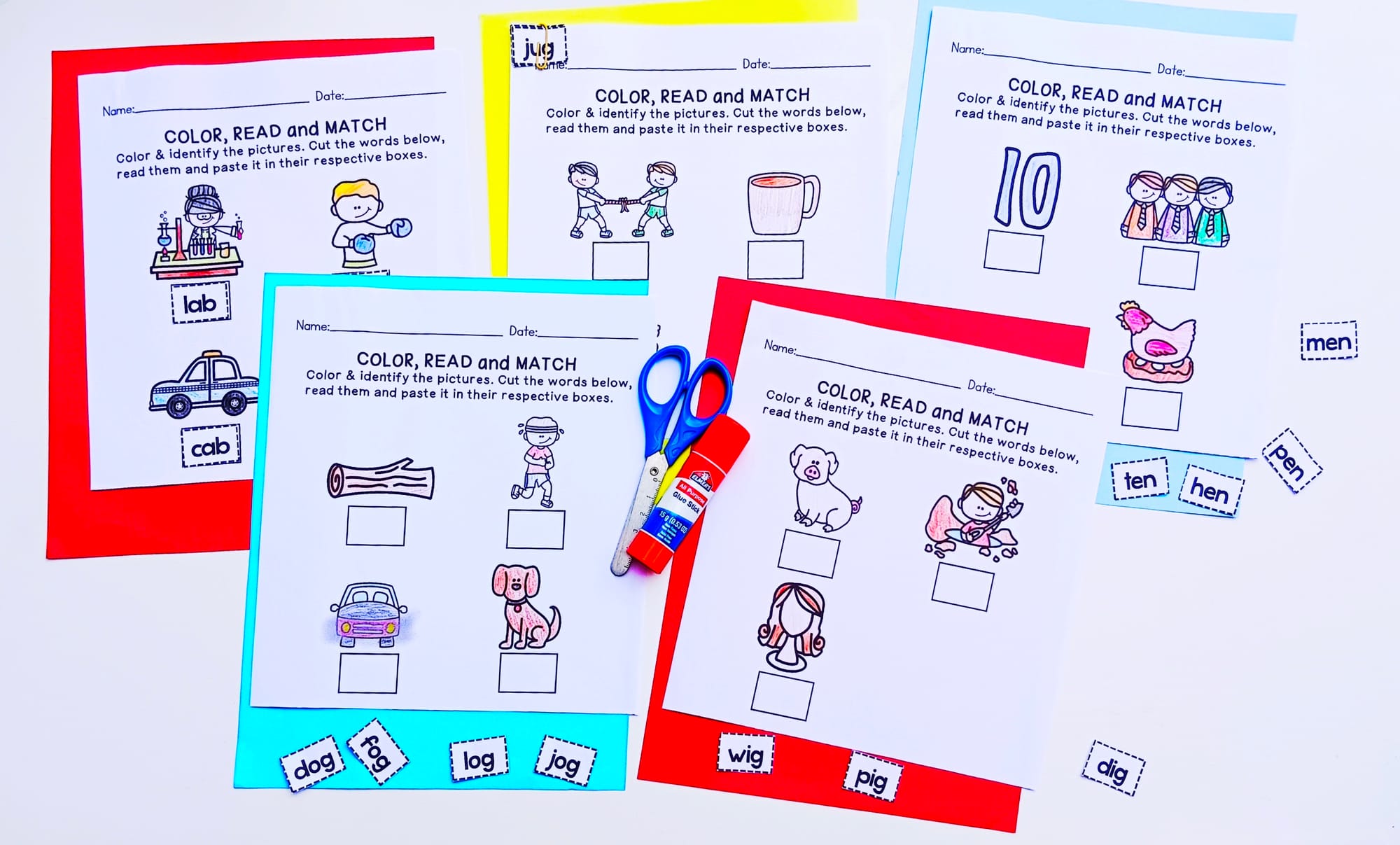
6. CVC Word Hunt
CVC word hunts add an element of excitement to learning by turning it into an interactive game. In a word hunt, students search for CVC words hidden in a grid, within text, or around the classroom. This activity helps reinforce word recognition while keeping students engaged and motivated as they hunt for and discover new words.

7. CVC Mystery Words
CVC mystery words bring a fun, puzzle-solving aspect to learning. In this activity, students use clues to identify the correct CVC word. They must think critically and apply their knowledge of alphabet sounds and spelling to solve each mystery. This engaging approach not only reinforces word skills but also makes learning feel like a rewarding challenge. This activity helps students jump from reading the alphabet to reading CVC words.

8. CVC Rhyming Activity
Rhyme your way to CVC success. This CVC rhyming activity makes learning fun by helping students recognize and create rhyming words within CVC word families. Through engaging exercises, students strengthen their phonemic awareness and build confidence in reading and spelling, all while enjoying the creative challenge of finding and forming rhymes.

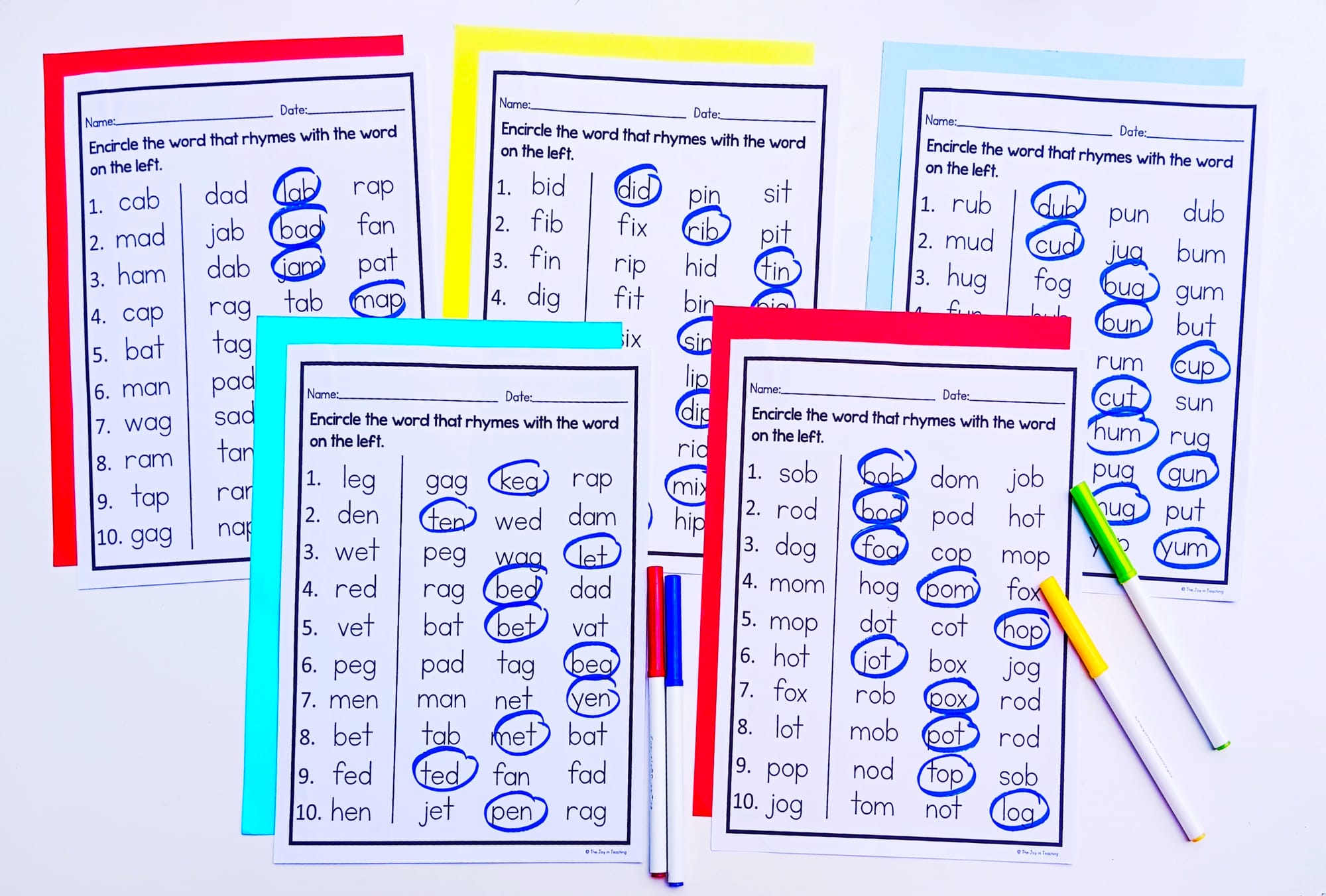
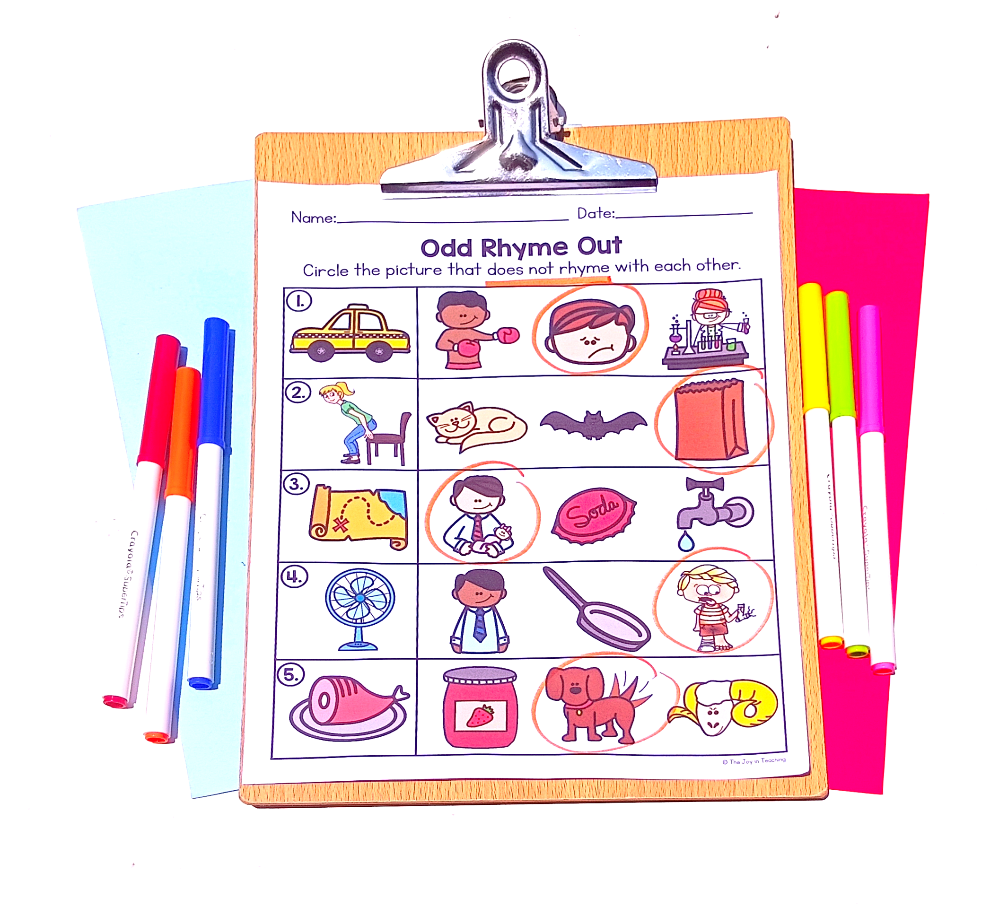
9. CVC Sentence Worksheet and Flashcards
CVC sentence worksheets and flashcards are designed to reinforce students' understanding of CVC words through sentence building and recognition. These worksheets and flashcards are simple yet powerful tools that help kids see how CVC words come together to form meaningful sentences, enhancing both their reading and writing skills.
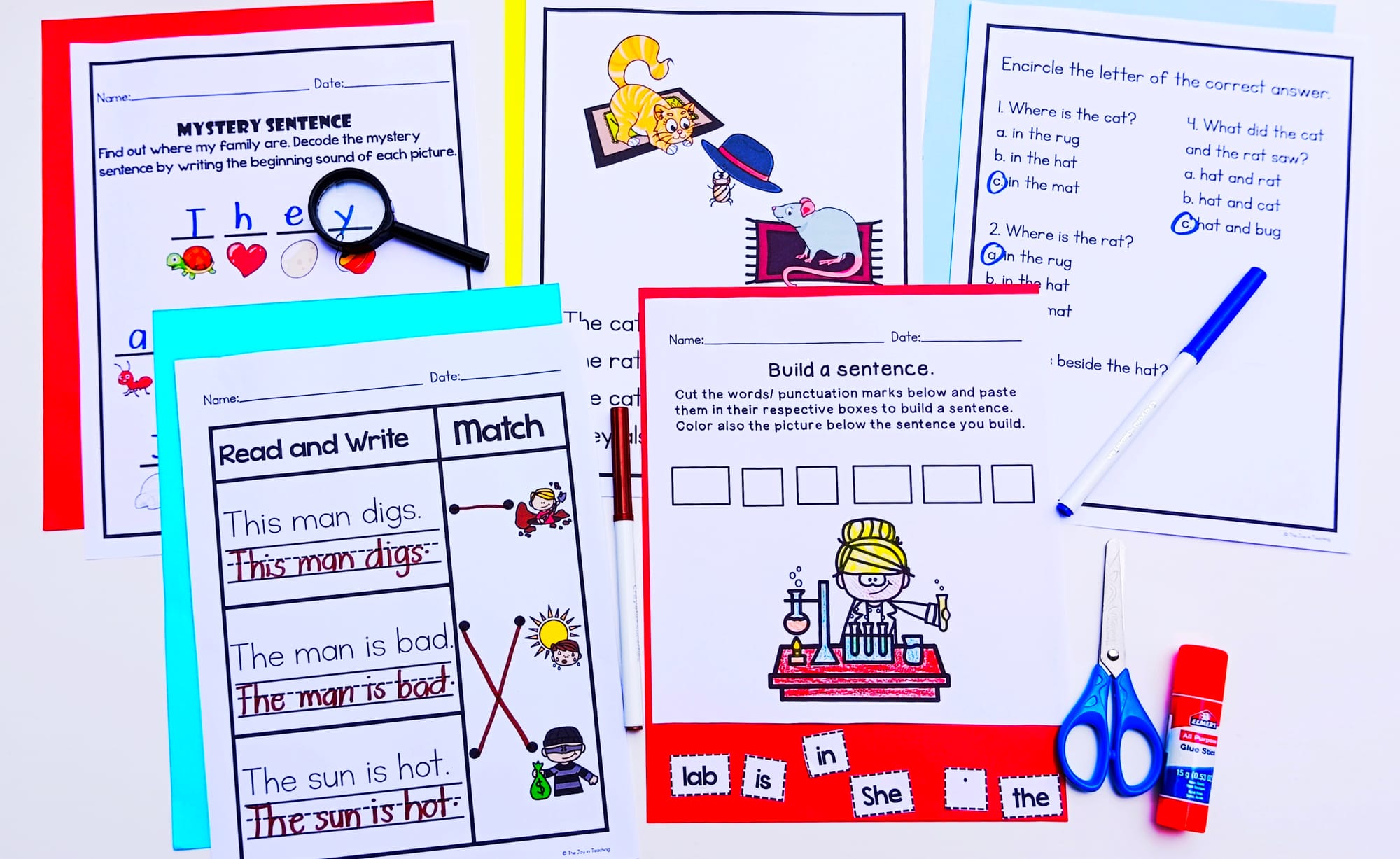


10. Reading Comprehension Passages
Reading comprehension passages are designed to challenge students to use their CVC word knowledge in context. These passages are simple but effective, helping kids understand how CVC words fit into sentences and stories.
Step by Step Reading Comprehension Passage
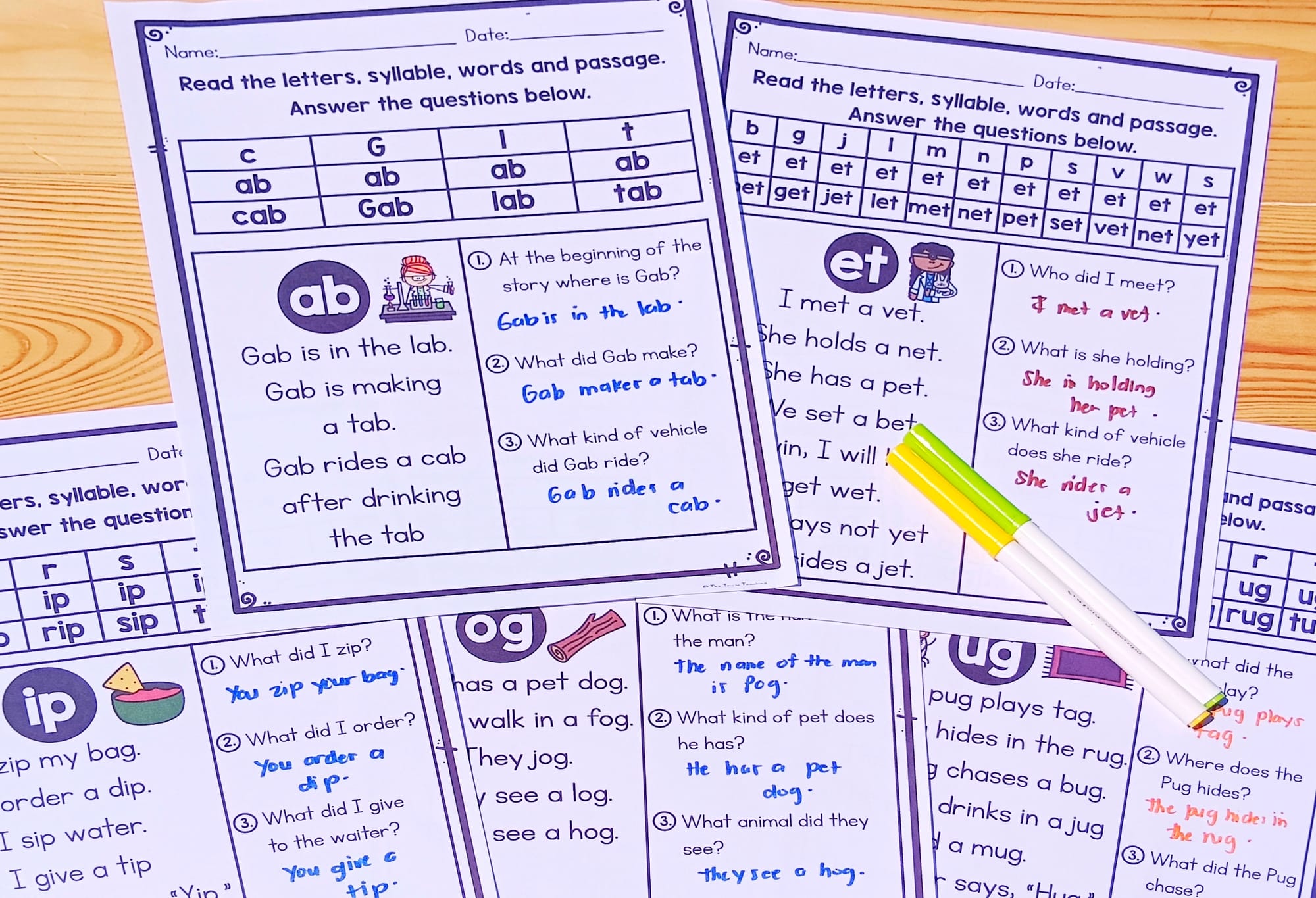
CVC Word Family Reading Comprehension Passage

Tips for Teaching CVC Words
Teaching CVC words can be fun and effective with the right strategies. Here are some tips to make the most out of the CVC Activities:
1. Use a Multisensory Approach
Incorporate visual, auditory, and kinesthetic learning styles. For example, let students use letter tiles to build words, say the words out loud, and write them down.
2. Practice Consistently
Regular practice is key to mastering CVC words. Use the activities that I have mentioned as part of daily routines, whether in morning work, centers, or homework.
3. Make It Fun
Incorporate games and playful activities. Use the word hunt and mystery words to add excitement. Turn learning into a game by setting up friendly competitions or rewards for progress.
4. Differentiate Instruction
Not all students learn at the same pace. The variety of activities in the bundle allows for differentiation. Provide more challenging tasks for advanced learners and additional support for those who need it.
5. Use Real-World Connections
Help students make connections between CVC words and their everyday lives. Point out CVC words in books, on signs, and in conversations. This helps students see the relevance of what they're learning.
6. Encourage Repetition and Review
Repetition is crucial for young learners. Regularly review previously learned CVC words to ensure retention. Use the flashcards and posters for quick, daily reviews.
Incorporating CVC Word Families
CVC Word Family List:
Why Word Families?
Word families help children recognize patterns in words. When they learn that "cat," "bat," and "hat" all end in "-at," they can apply this knowledge to decode new words with similar endings. This not only improves reading fluency but also builds confidence.
Activities for Word Families
1. CVC Word Family Posters and Coloring Pages: Display these around the classroom. Have students color the pages while practicing the words.

2. CVC Word Family Reading Chart: This activity helps students practice reading words within the same family, reinforcing the pattern.
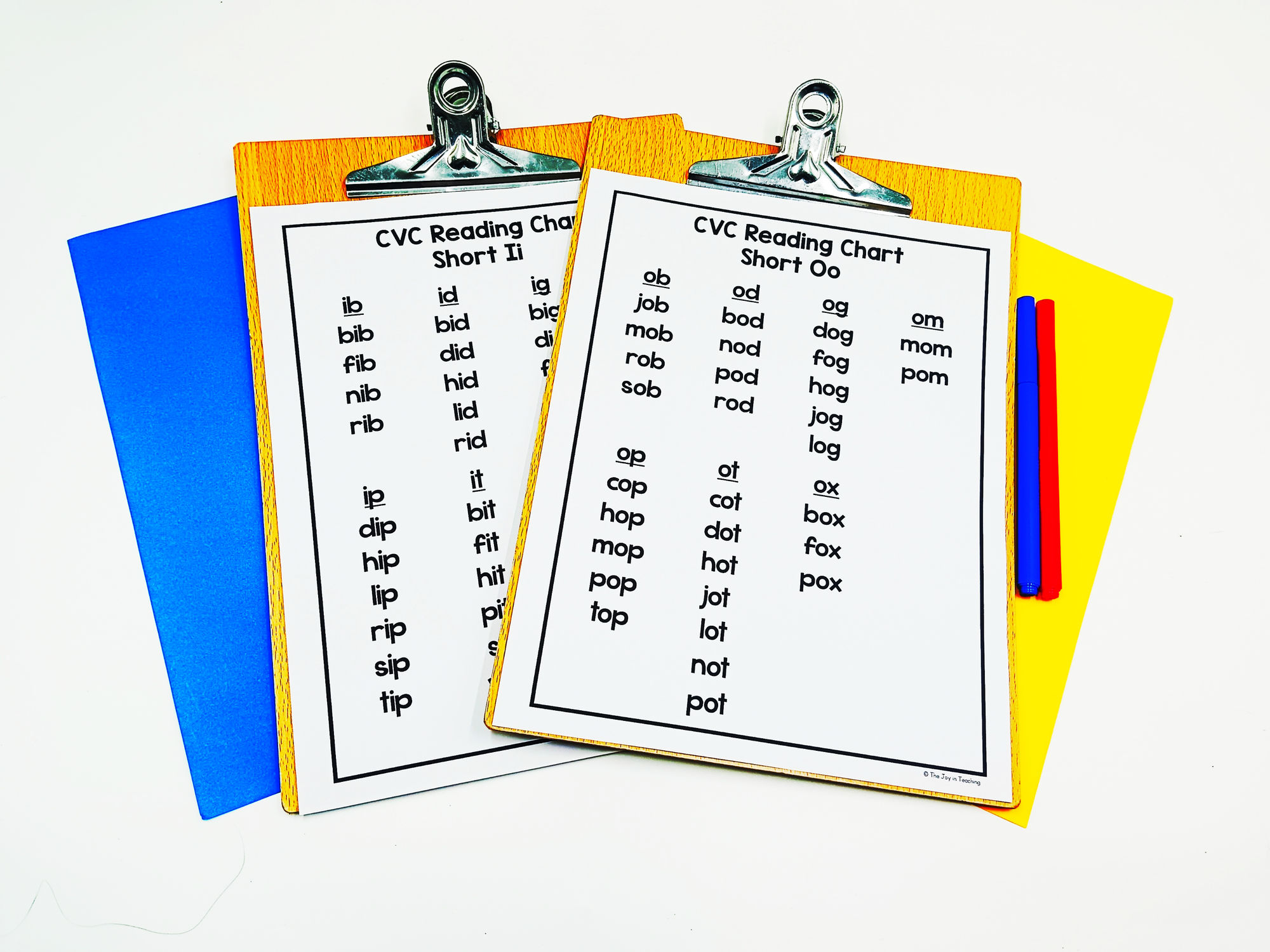
3. CVC Cut and Paste: Use these activities to let students physically manipulate the words, further reinforcing their learning.
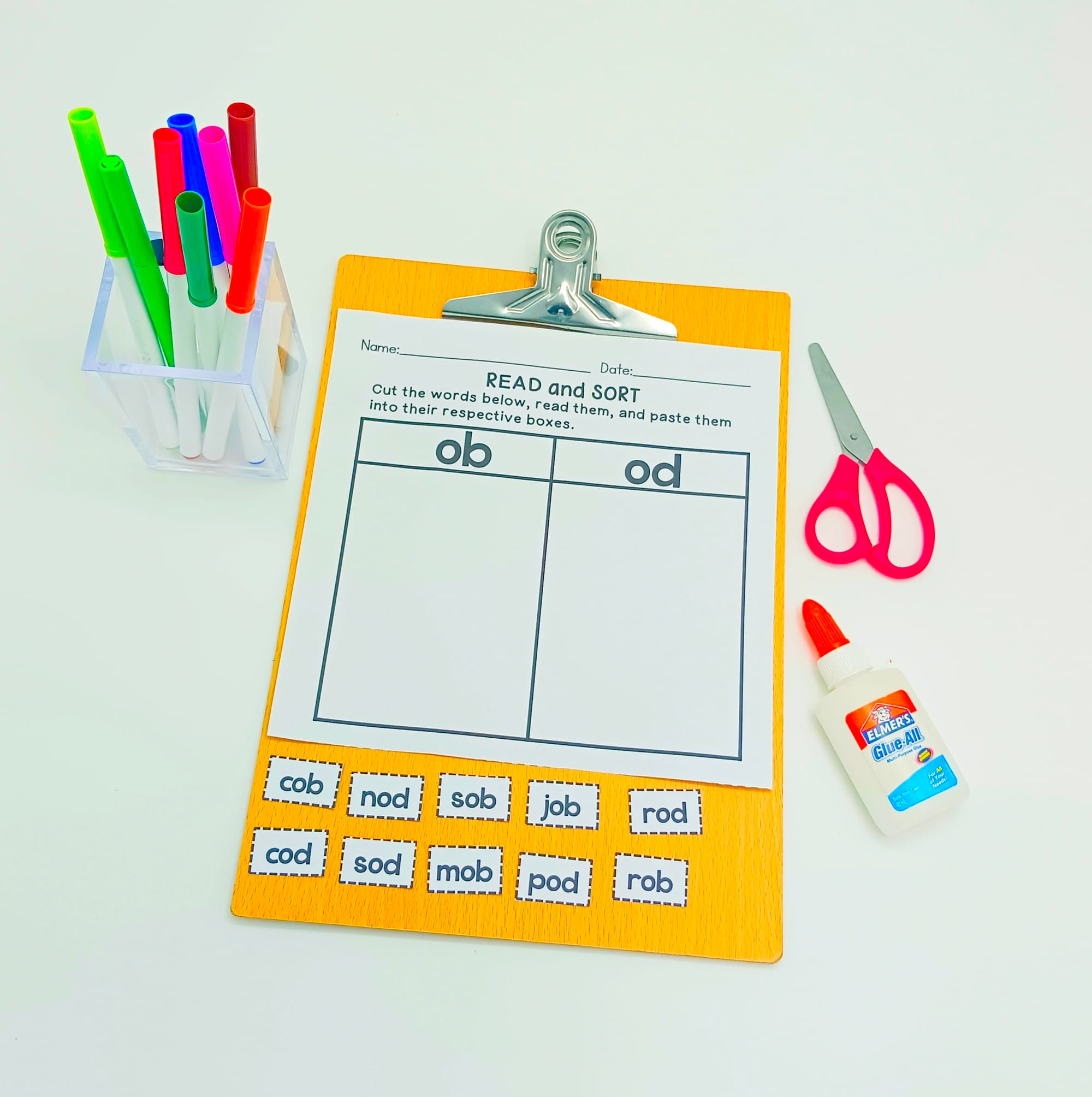
4. CVC Task Cards: Designed to help students master CVC word families by focusing on the beginning, middle, and final sounds. Each card challenges students to identify and manipulate the individual sounds within CVC words, reinforcing their understanding of how these sounds come together to form words.
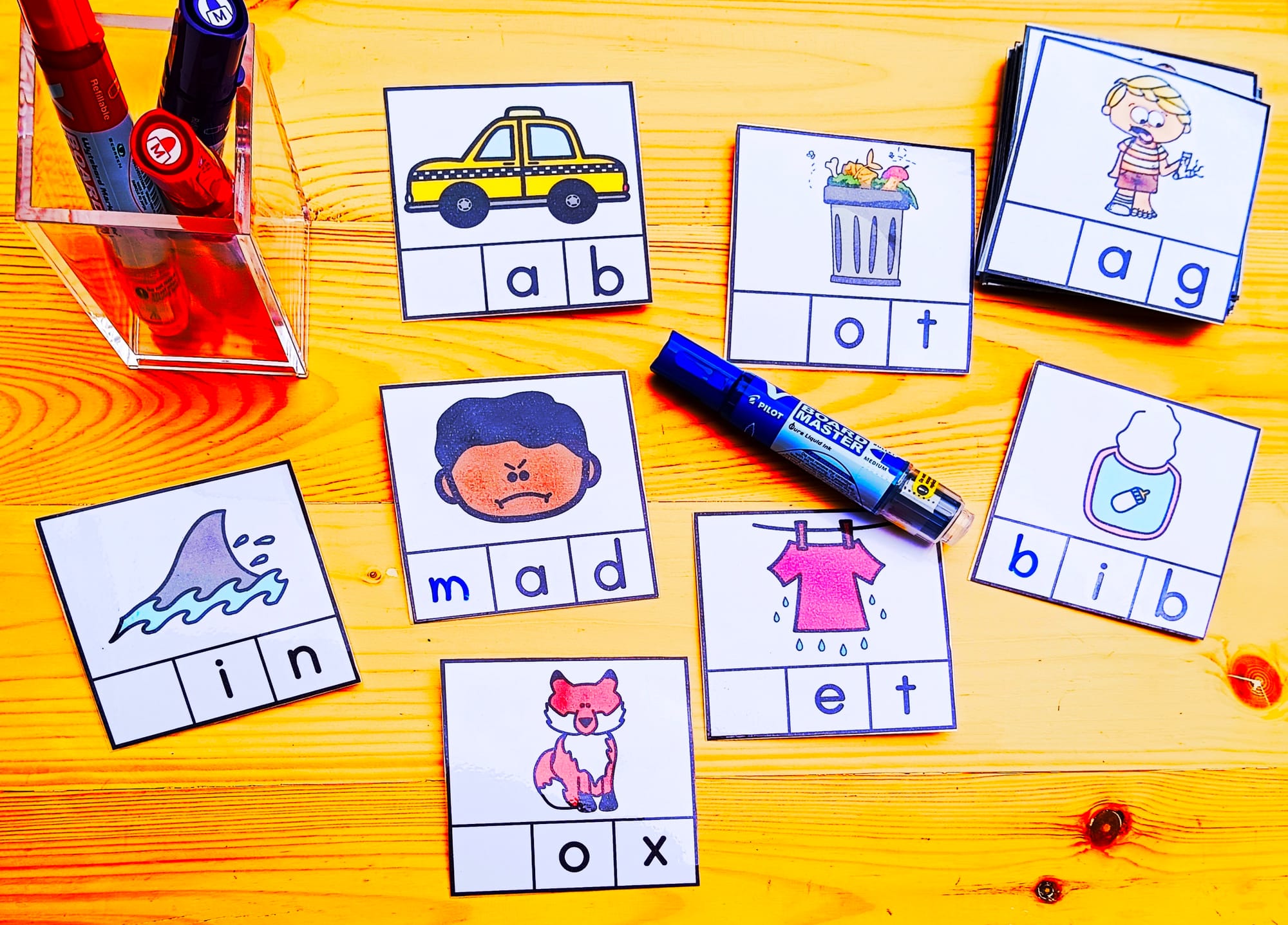
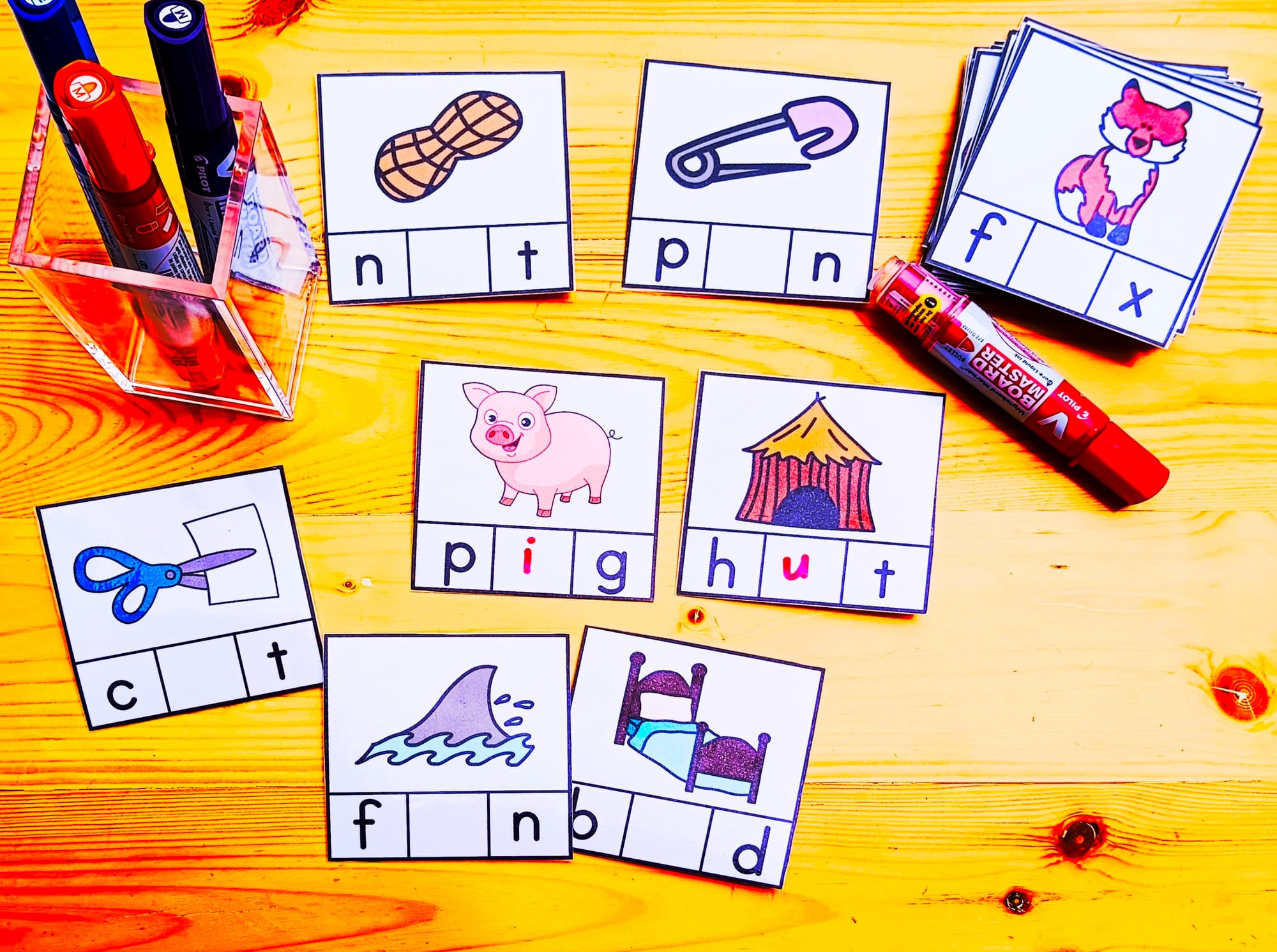
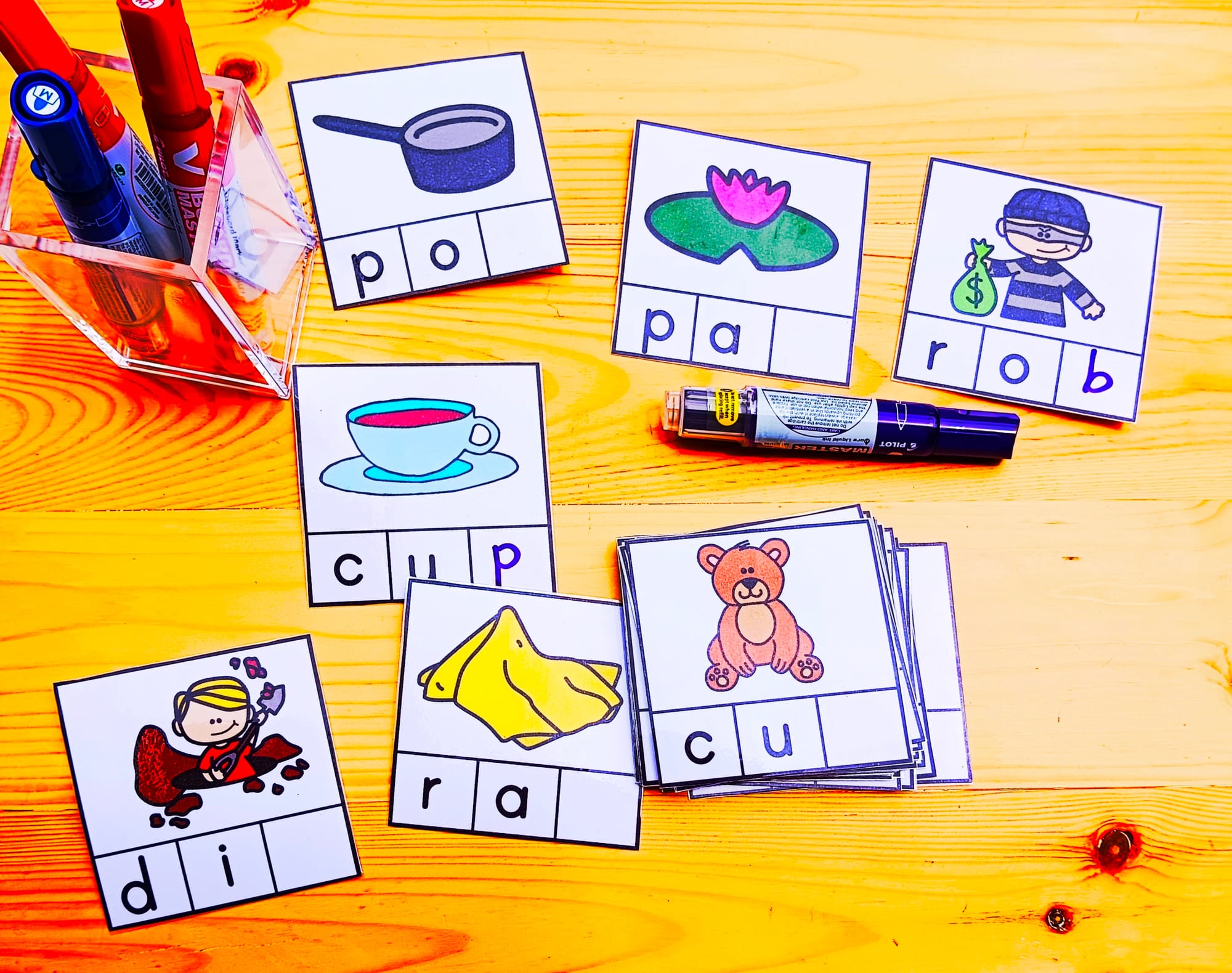
CVC Segment and Blend Task Cards
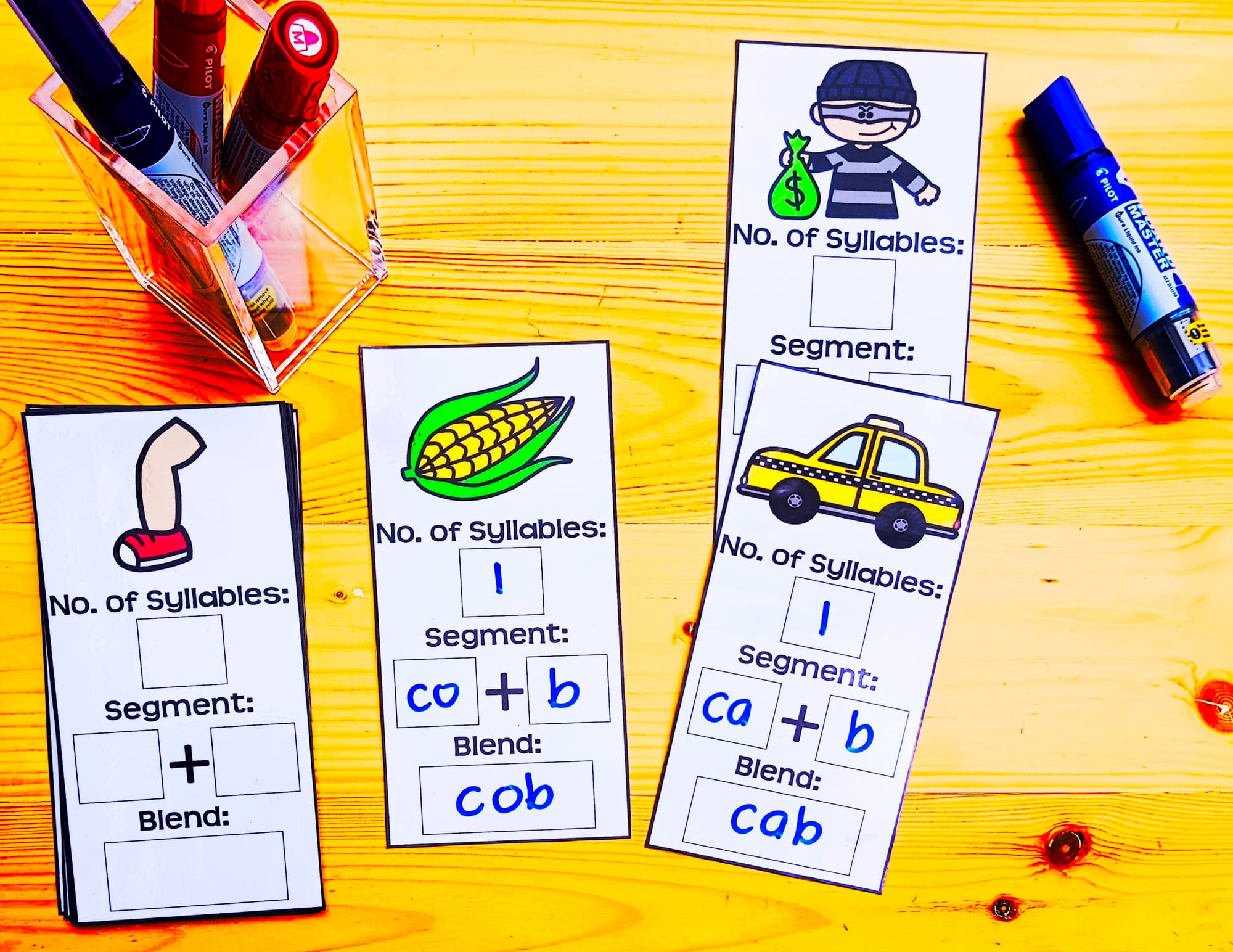
CVC Word Family Identification

Creating a Word Family Wall
Dedicate a section of your classroom to a word family wall. As students learn new word families, add them to the wall. This visual display helps reinforce patterns and provides a reference for students.
Effective Strategies for Teaching CVC Words:
1. Start with the Basics
Begin with the simplest activities to build a strong foundation. Identifying Beginning, Middle, and Final Sounds help students identify and understand the individual sounds in CVC words. This foundational step is crucial for their ability to blend sounds and form words.
2. Engage with Picture Identification
Connecting words with images helps students grasp the meaning of words and reinforces their learning through association. Encourage students to say the word out loud as they identify the picture, enhancing their phonemic awareness.
3. Incorporate Sentences for Context
Once students are comfortable with individual words, introduce the CVC Sentence. This activity helps them understand how CVC words fit into sentences. It’s an excellent way to build reading fluency and comprehension skills. Encourage students to read the sentences aloud to practice their pronunciation and intonation.
4. Make Learning Colorful
The CVC Posters are a great visual aid that can be displayed around the classroom to create a stimulating learning environment. Allow students to color these pages while practicing the words, making the learning process enjoyable and memorable.
5. Hands-On Learning
Hands-on activities like the cutting and pasting are fantastic for kinesthetic learners. These activities require students to physically manipulate words and pictures, reinforcing their understanding through tactile engagement. This method is also great for improving fine motor skills.
6. Add an Element of Mystery
Mystery and Hunt activities introduce an element of fun and challenge. These activities require students to use clues and their knowledge of CVC words to solve puzzles. This gamified approach keeps students engaged and excited about learning.
7. Enhance Rhyming Skills
Rhyming is an excellent way for teaching students about word patterns and phonemic awareness.
How to Assess Your Child or Student CVC Progress:
Assessing your child's understanding of CVC words involves a few simple steps to gauge their reading and spelling abilities. Here’s how you can do it:
1. Letter Sound Recognition
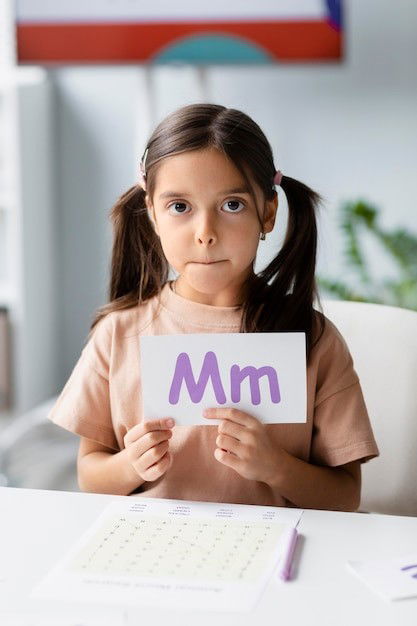
- Begin by ensuring your child can recognize and pronounce the individual sounds (phonemes) of each letter in CVC words. Use flashcards with single letters and ask them to say the sound each letter makes.
2. Blending Sounds
- Test your child’s ability to blend sounds together to form CVC words. Present the letters separately (e.g., "c," "a," "t") and ask them to blend the sounds to say the word ("cat").
3. Word Reading
- Provide a list of CVC words and ask your child to read them aloud. This can help you see if they can recognize and pronounce CVC words without needing to blend the sounds every time.
4. Word Writing
- Dictate a few CVC words and ask your child to write them down. This will show whether they can break down the sounds in a word and match them to the correct letters.
5. Sentence Usage
- Create simple sentences using CVC words and ask your child to read them. This helps assess their ability to understand CVC words in context and see how they contribute to sentence meaning.
6. Flashcards and Worksheets
- Use CVC word flashcards and worksheets designed to reinforce reading and spelling skills. These resources can also serve as a form of informal assessment, allowing you to track progress over time.
7. Games and Activities
- Engage your child in educational games that involve CVC words. Games like matching, bingo, or memory can make assessment fun and less stressful while still providing insight into their abilities.
Conclusion
Teaching CVC words doesn't have to be a daunting task. These activities I have mentioned are designed to make learning fun, engaging, and effective for young readers. By incorporating a variety of approaches, from flashcards and task cards to cut and paste and word hunts, you can cater to different learning styles and keep your students motivated.
Remember, the key to successful teaching is consistency, engagement, and making learning enjoyable. With this ideas and tips, you'll be well-equipped to help your Kindergarten and First Grade students master CVC words, setting a strong foundation for their reading journey.
Happy teaching, and may your days be filled with the joy of learning!
Follow Me for More Teaching Tips with Joy
For more tips, resources, and a daily dose of teaching, follow me on:
Got questions or want to share your success stories? Drop me an email at thejoyinteaching@gmail.com. I love hearing from fellow educators and parents!
Happy Teaching!
Joy Medalla
The Joy in Teaching 💛
Want a Free CVC Worksheet?
Click Here:
